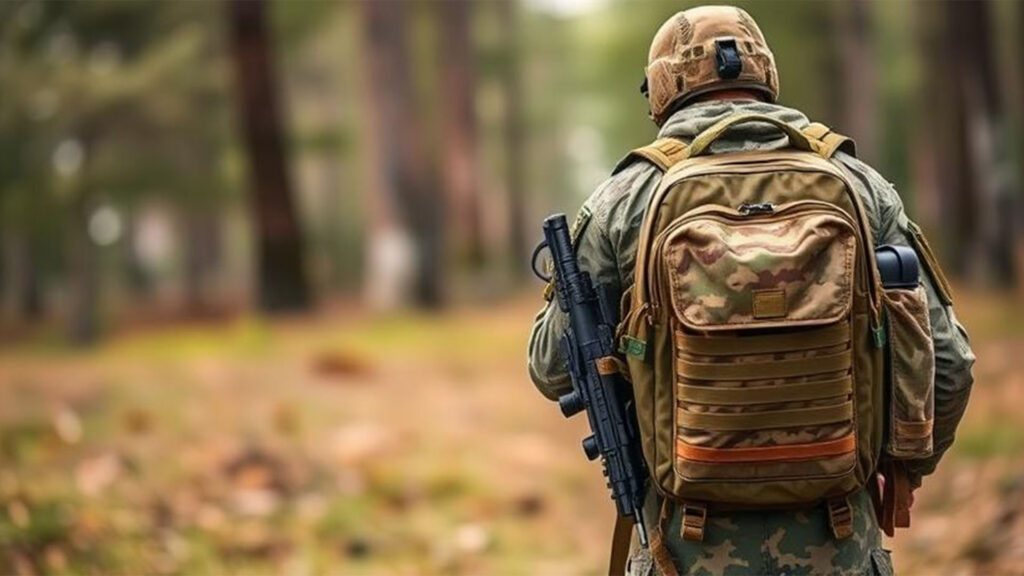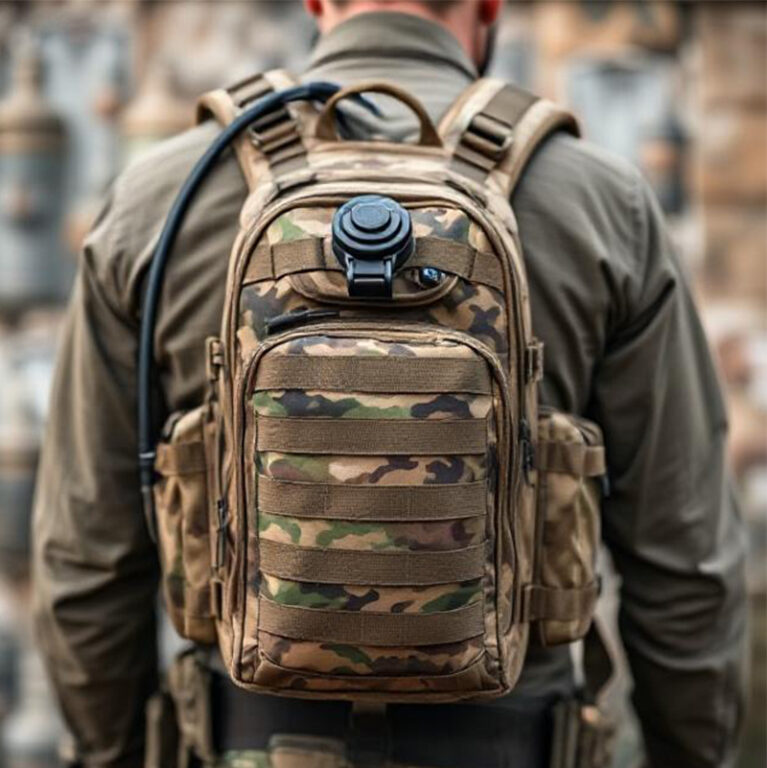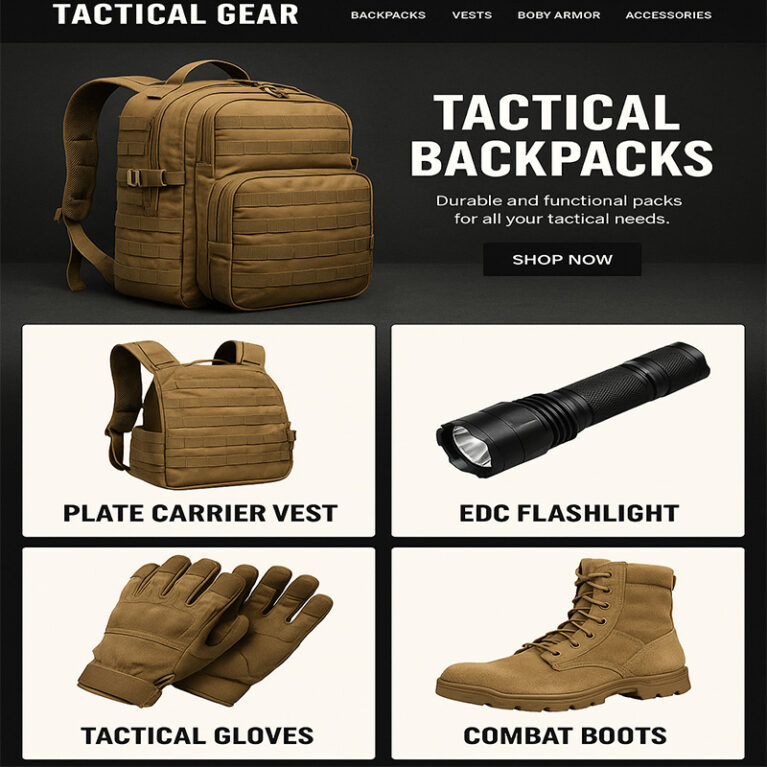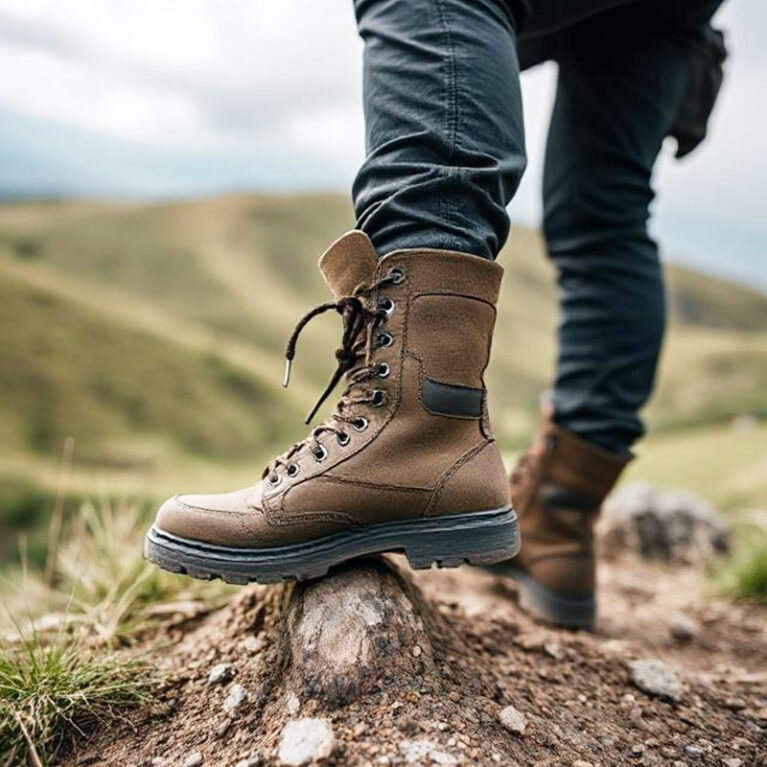When it comes to tactical backpacks, no one is unfamiliar with them. Tactical backpack have become indispensable in military operations and their origins can be traced back to ancient times. Soldiers initially used various forms of backpacks to carry equipment and supplies for combat missions.
However, the real development of the modern tactical backpacks place mainly in the 20th century, especially after the two world wars. Below is a detailed timeline of the evolution of tactical backpacks, with my focus on key milestones and innovations. I hope you will find it helpful for you.

History of Tactical Backpacks Before the 21st Century
Ancient Times to Early Modern Era
Ancient Civilizations: Soldiers used simple cloth or leather bags to carry food, weapons, and personal belongings. These early backpacks were rudimentary and lacked specialized features.
Middle Ages: Knights and soldiers began using satchels and pouches made of leather or fabric, often attached to belts or worn over the shoulder. These were primarily used to carry small items like coins, tools, or rations.
18th-19th Century: Military forces adopted haversacks, which were lightweight bags made of canvas or leather. These were slung over the shoulder and used to carry rations, ammunition, and personal items.
World War I (1914-1918)
Haversacks and Shoulder Bags: Soldiers relied on simple canvas haversacks and shoulder bags to carry ammunition, food, and essential supplies. These bags were functional but lacked durability and ergonomic design.
Rucksacks: Some armies introduced early versions of rucksacks, which were larger and allowed soldiers to carry heavier loads. However, these were still basic in design and often uncomfortable for long marches.
World War II (1939-1945)
Modular Backpacks: The U.S. military introduced modular backpack systems like the M1941, M1944, and M1945. These backpacks featured detachable components, allowing soldiers to customize their loadouts based on mission requirements.
Durability and Capacity: Backpacks were made from more durable materials like heavy-duty canvas and featured larger compartments to accommodate additional gear, such as weapons, medical supplies, and rations.
External Frame Backpacks: Some armies experimented with external frame designs, which provided better weight distribution and improved comfort during long marches.
By clicking on the slideshow below, you can see the history and evolution of tactical backpacks before the 21st century
Cold War Era (1947-1991)
NBC Protection: With the threat of nuclear, biological, and chemical warfare, tactical backpacks began incorporating features like sealed compartments and materials resistant to contamination.
Integration of Technology: Backpacks were designed to carry portable radios, batteries, and other communication equipment, reflecting the increasing importance of technology in warfare.
Specialized Designs: Backpacks for paratroopers and special forces were developed, featuring quick-release mechanisms and compact designs for high-mobility operations.
Vietnam War Era (1955-1975)
External Frame Backpacks: The U.S. military widely adopted external frame backpacks, such as the ALICE (All-Purpose Lightweight Individual Carrying Equipment) pack. These backpacks featured metal frames, shoulder straps, and waist belts, providing better support and weight distribution in jungle environments.
Improved Ergonomics: Designs focused on reducing fatigue and improving mobility, with padded straps and adjustable frames becoming standard.
1980s-1990s
MOLLE System: The Modular Lightweight Load-carrying Equipment (MOLLE) system was introduced, revolutionizing tactical backpack design. MOLLE allowed soldiers to attach pouches, holsters, and other gear to their backpacks using webbing and straps, enabling highly customizable loadouts.
Advanced Materials: Nylon and other synthetic fabrics replaced canvas, offering greater durability, water resistance, and lighter weight.
Specialized Backpacks: Backpacks were designed for specific roles, such as medical personnel, snipers, and engineers, with compartments tailored to their equipment.
Evolution of Tactical Backpacks in the 21st Century
In the 21st century, the evolution of tactical backpacks has become more colourful and varied with the application of high technology and advanced materials
High-Tech Integration: Modern tactical backpacks now feature integrated solar panels, USB charging ports, and GPS tracking systems, catering to the tech-savvy soldier or outdoor enthusiast.
Ultralight Designs: Advances in materials science have led to ultralight yet durable backpacks, ideal for high-mobility operations.
Hydration Systems: Many tactical backpacks now include built-in hydration bladders and tubes, allowing users to drink water on the go without stopping.
Stealth and Camouflage: Backpacks are designed with low-visibility features and advanced camouflage patterns to avoid detection in combat zones.
Civilian Use: Tactical backpacks have gained popularity among civilians, including hikers, emergency responders, and urban commuters, due to their durability and versatility.
Click on the slideshow below to see a range of new tactical backpacks for the 21st century.
Future Trends
Smart Backpacks: The integration of AI and IoT (Internet of Things) technology is expected to lead to "smart" tactical backpacks that can monitor load weight, track location, and even provide real-time health data for the wearer.
Exoskeleton Integration: Backpacks may be designed to work with wearable exoskeletons, reducing physical strain and allowing soldiers to carry heavier loads over longer distances.
Sustainable Materials: As environmental concerns grow, manufacturers are exploring eco-friendly materials and production methods for tactical backpacks.






